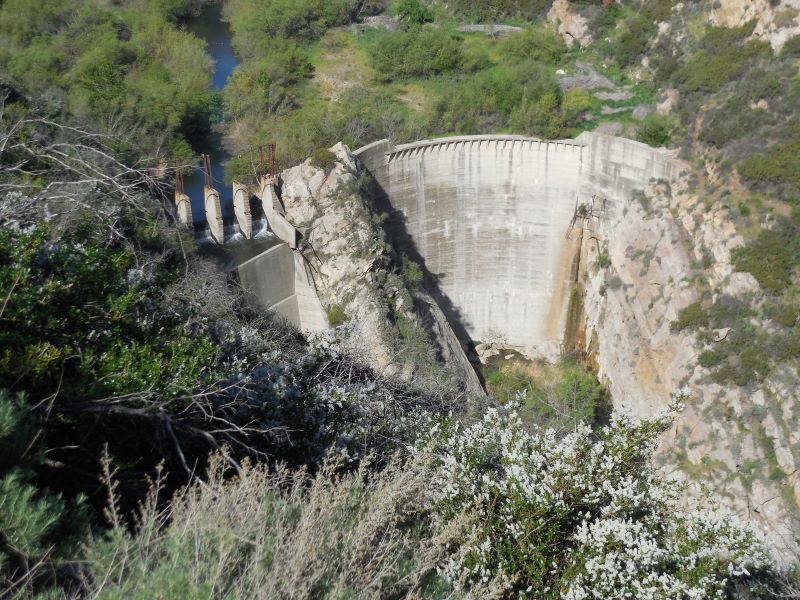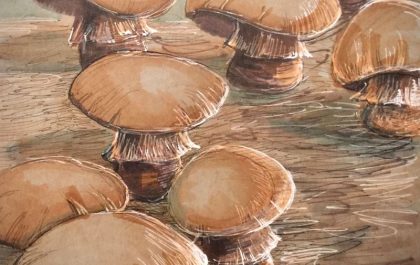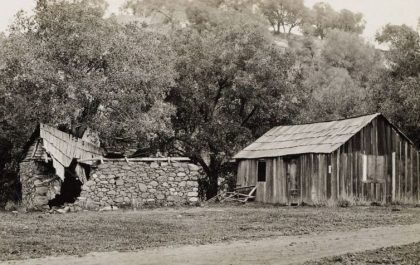
The Malibu Creek Ecosystem Restoration Project (MCERP) announces a new community science program to help monitor the restoration of the Malibu Creek watershed, and the public is invited to participate!
The program is in conjunction with MCERP’s current pre-construction, engineering, and design (PED) phase in removing Rindge Dam and returning ecological resiliency to a key watershed in the Santa Monica Mountains. “Documenting the physical condition of the creek and watershed over time is essential to this landscape-scale restoration effort,” said Russell Marlow, south coast project manager for California Trout, a project partner with California State Parks in the restoration project.
The program’s first photo capturing site is up and functioning in Malibu Creek State Park on Crags Road Trail about .25 miles in from the parking lot trailhead. Located above Malibu Creek’s confluence with Las Virgenes Creek, the site is considered a dynamic and critical intersection. The ecosystem project includes the remediation of two upstream barriers on Las Virgenes Creek to restore several miles of habitat and natural processes along the tributary. Uploaded photos from this location will help document positive benefits expected downstream over time.
Two more strategic photo sites are being planned along the aquatic corridor that begins in east Ventura County headwaters and ends at the ocean in Malibu Lagoon. “Public participation in taking and uploading photos in aquatic zones along the corridor is helpful for building a robust data set and add[s] much needed info to monitoring the creek’s transformation,” added Marlow.
Once completed, the project will restore creek ecosystem functions and increase habitat connectivity. The project will open 15 additional miles of stream habitat for the endangered southern California steelhead (Oncorhynchus mykiss), improve climate resiliency, and restore natural sediment transport processes that will nourish our beaches with vital sand. For more program and project information, visit www.parks.ca.gov/MCERP. To sign up for email notifications or for questions about the project, email [email protected].




